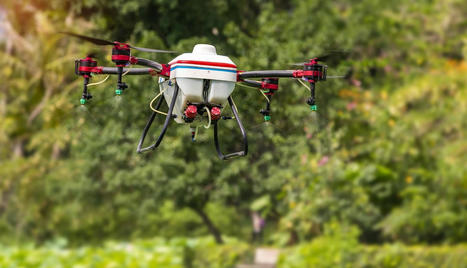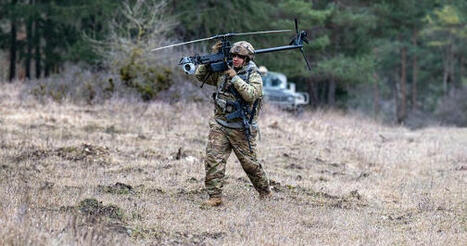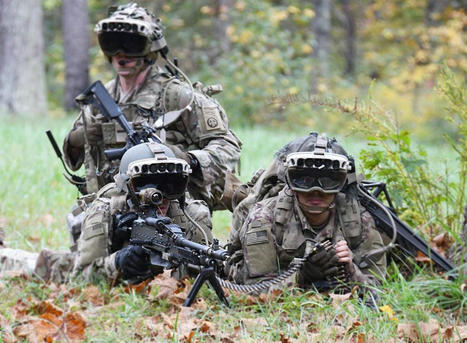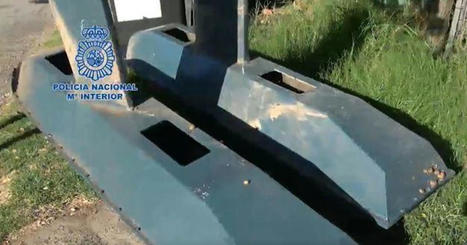Rwanda is deploying drones to target mosquito larvae — spraying anti-mosquito insecticides in areas where the frequency of mosquito-borne illness remains high.

|
Scooped by
Richard Platt
onto Low Power Heads Up Display November 2, 2021 5:38 PM
|





 Your new post is loading...
Your new post is loading...





























In Rwanda, everyone is at risk of catching malaria, spread by the deadly mosquito. To fight back, the country is turning to another buzzing swarm — drones. The drones are targeting mosquito larvae — spraying anti-mosquito insecticides in areas where the frequency of mosquito-borne illness remains high. The drones are expected to do what it would take hundreds of workers on the ground to accomplish, saving millions of dollars and improving mosquito control. The problem: Rwanda is located in a malaria-endemic region of Africa. Despite a recent drop in malaria rates — from 4.8 million in 2017 to 1.8 million in 2020, the disease remains a significant health problem. According to the World Health Organization (WHO), malaria continues to be one of the leading causes of illness and death in Rwanda. Nineteen of Rwanda’s 30 districts are prone to malaria epidemics. Bottom line: the whole Rwandan population is in danger of catching the sickness. The drones will purportedly save the government one to two million dollars per district in staffing, as without drones, it takes an army of 500 to spray a hectare of land, reports the Rwanda Dispatch. The new program, which began last year, costs the country about $60,000. Progress to date: The plan appears to be working, according to the government. During the pilot phase, from July 2020 to February 2021, the Ministry of Health monitored malaria cases and mosquito larval density. Their Malaria and Neglected Tropical Diseases Report indicates that the average mosquito larvae density reduced dramatically, by 89.6%. And the strategy reduced some types of mosquitoes by as much as 92.8%. The report also shows a 90.6% reduction in malaria incidence in sprayed regions.